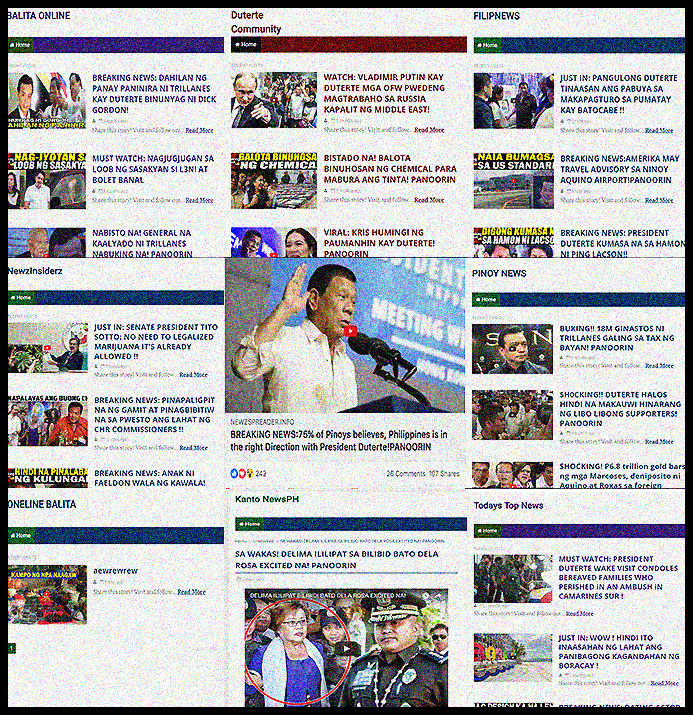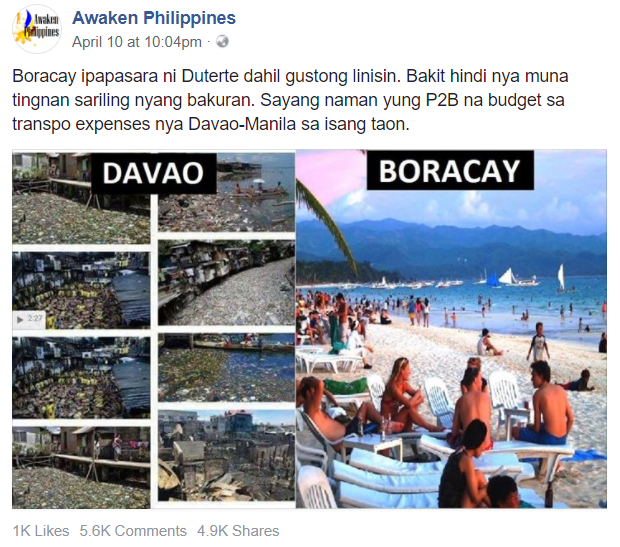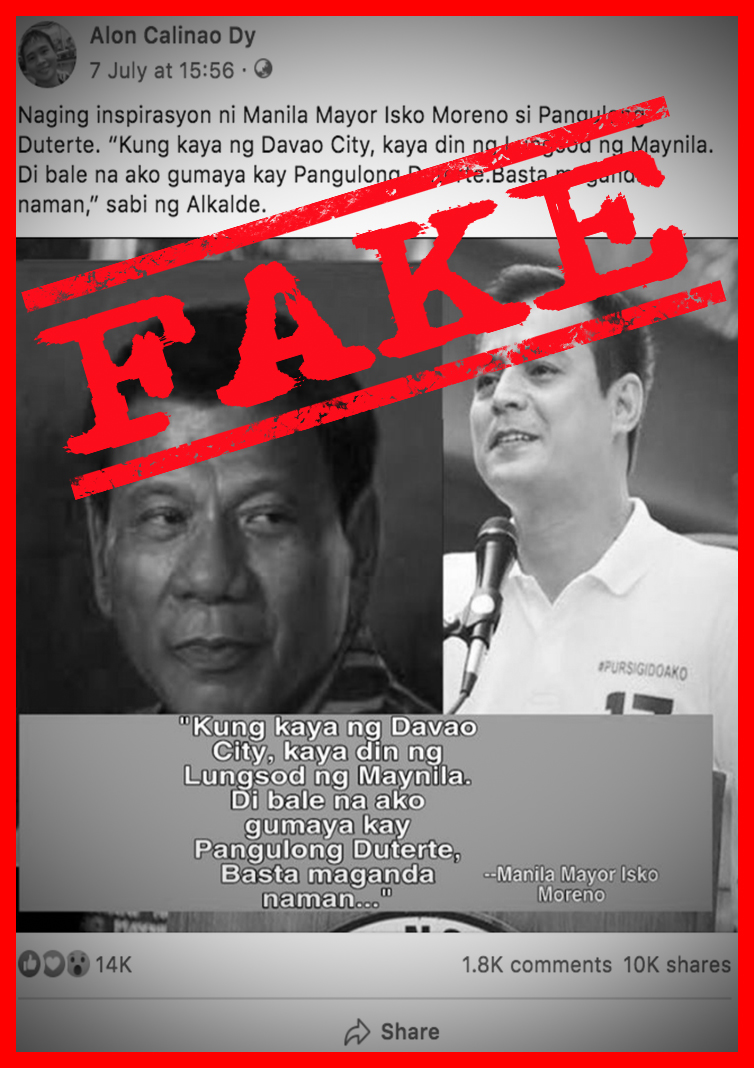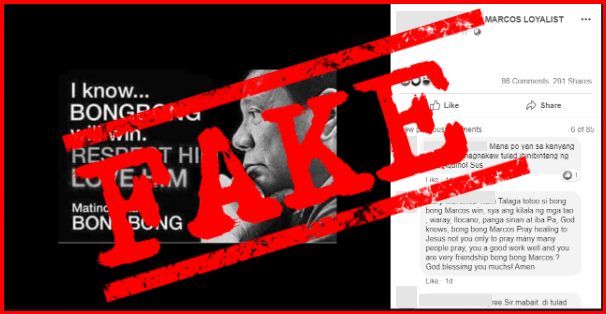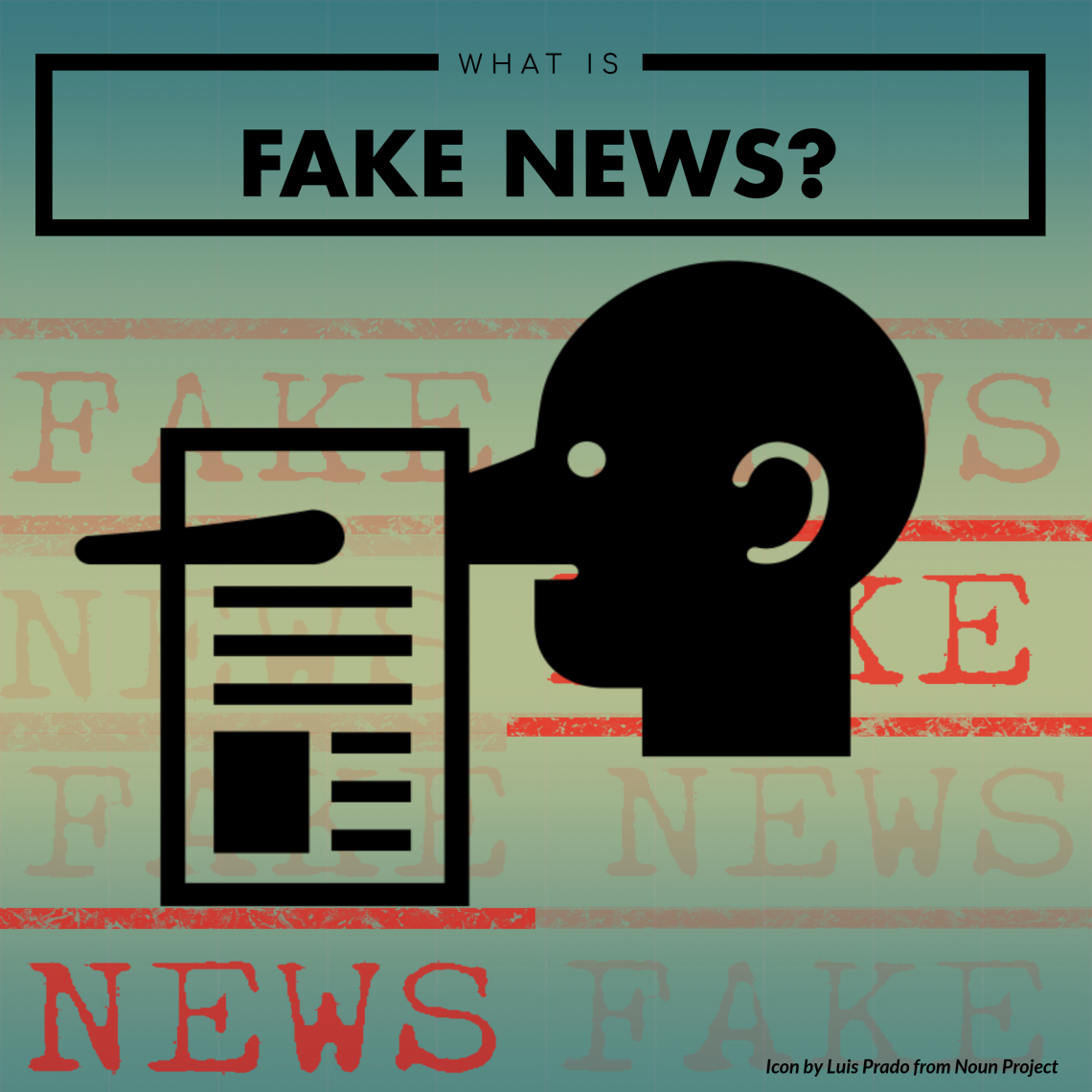
Collins Dictionary in November named “fake news” word of the year, citing its proliferation and “unprecedented usage.”
Yet, definitions of the term vary, and sometimes are even contradictory. Here’s a rundown.
According to dictionaries
Collins Dictionary defines fake news as “false, often sensational information disseminated under the guise of news reporting” while Oxford Learner’s Dictionary says these are “false reports of events, written and read on websites.”
Cambridge Dictionary adds that fake news is “spread on the internet or using other media, usually created to influence political views or as a joke.”
Dictionary.com, a Time magazine article notes, will include “fake news” in its next update and define it as “false news stories, often of a sensational nature, created to be widely shared online for the purpose of generating ad revenue via web traffic or discrediting a public figure, political movement, company etc.”
Merriam-Webster, meanwhile, has not included the term in its lexicon, saying it is a “self-explanatory compound noun:”
“A combination of two distinct words, both well known, which when used in combination yield an easily understood meaning. Fake news is, quite simply, news (“material reported in a newspaper or news periodical or on a newscast”) that is fake (“false, counterfeit”).
According to legislators
Two bills pending in Congress seek to prohibit and penalize the creation and distribution of fake news.
Senate Bill No. 1492 does not explicitly define fake news, with its author Sen. Joel Villanueva only saying the definition is best left to the courts.
The more recent House Bill No. 6022 filed by Camarines Sur Rep. Luis Raymond Villafuerte Jr. describes fake news in three different ways:
- Misquotation or the false/inaccurate report of a statement
- Editing audio or video which results in the distortion of facts and/or context
- Purely fabricated content
According to media professionals and press freedom advocates
The Center for Media Freedom and Responsibility (CMFR) identifies fake news through its source.
Sites that imitate legitimate news websites, have no “About Us” or “Contact Us” pages, publish unverified aggregated content and share trending posts could be sources of fake news, CMFR notes.
CMFR Chair Vergel Santos, in a television interview, said a law against fake news might be used against journalists. The country’s libel laws are enough safeguards against fake news, he said.
Sources of fake news, notes Melissa Zimdars, an associate professor of communication and media at Merrimack College in Massachusetts, are those “that entirely fabricate information, disseminate deceptive content, or grossly distort actual news reports.”
First Draft, a nonprofit media research group, says “fake news” is a “woefully inadequate” term that conflates mis-information, disinformation, and mal-information, or what the group calls “three types of information disorder:”
“Dis-information is information that is false and deliberately created to harm a person, social group, organization or country. Mis-information is information that is false, but not created with the intention of causing harm. Mal-information is information that is based on reality, used to inflict harm on a person, organization or country such as leaks, harassment and hate speech.”
Source: Information Disorder: Toward a disciplinary framework for research and policymaking.
According to Facebook
Facebook, which has come under fire for the spread of fake news, uses the term “false news” to describe news articles that pretend to be factual but “contain intentional misstatements of fact with the intention to arouse passions, attract viewership, or deceive.”
Facebook says those who peddle fake news “can be motivated by financial incentives, individual political motivations, attracting clicks, or all the above.”
According to the public
A study released in October by the Reuters Institute for the Study of Journalism at the University of Oxford shows that most people see fake news as a “broad and diverse category” and not just about fabricated reports meant to deceive.
Notes the study, fake news to the public could mean:
- Poor journalism: inaccurate, sensational and superficial reporting by established media organizations
- Propaganda: lying politicians and extreme content from staunch supporters
- Some forms of advertising: sponsored and promoted content, and pop-up ads
Sources:
Senate Bill 1492: Anti-Fake News Act of 2017
House Bill 6022: Anti-Fake News Act of 2017
Collins Dictionary, “Fake News”
Oxford Learner’s Dictionary, “Fake News”
Cambridge Dictionary, “Fake News”
Time.com, The Dictionary is adding an entry for ‘fake news.’ Sept. 27, 2017
Merriam-Webster, The Real Story of Fake News
Center for Media Freedom and Responsibility, Knowing your source: think before you click. Oct. 4, 2016
First Draft, Information Disorder: Toward a disciplinary framework for research and policymaking
Facebook, Information Operations and Facebook
Reuters Institute for the Study of Journalism, “News you don’t believe”: Audience perspectives on fake news
(Guided by the code of principles of the International Fact-Checking Network at Poynter, VERA Files tracks the false claims, flip-flops, misleading statements of public officials and figures, and debunks them with factual evidence. Find out more about this initiative.)

